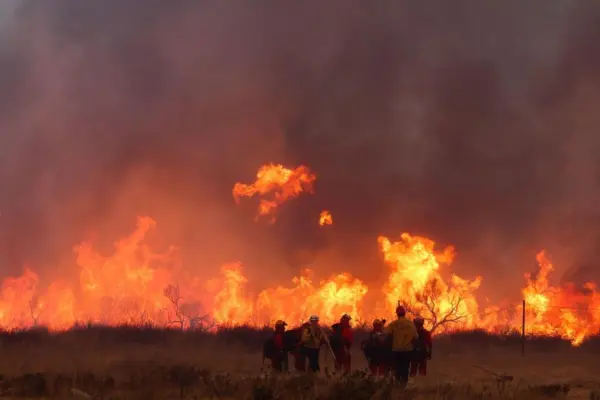These 30 Natural Wonders Could Vanish by 2100 Due to Climate Change
It is no news that changing climatic patterns have been affecting every nook and cranny on the planet. Ice caps are melting, wildfires are devouring forests and natural wonders are being threatened by this phenomenon. Rising sea levels and more dramatic weather events amid climate change are endangering the natural wonders, many of which could vanish entirely before the end of the current century.
Hundreds of the world’s most precious natural and cultural sites, including the Great Barrier Reef, Mount Kilimanjaro and Maldives, are under threat from climate change. These drastic changes not only are destroying the natural beauty of these places but the flora and fauna species that inhabit them.
Here are the 30 natural wonders that could vanish by 2100 due to climate change!
Table of Contents
The Great Barrier Reef, Australia
Stretched over 1,400 miles, the Great Barrier Reef off the northeast coast of Australia is the largest coral reef system on the planet. This beautiful ecosystem is threatened by the rising ocean temperatures that has led to coral bleaching, a condition in which the coral turns white and becomes susceptible to mass die-offs.
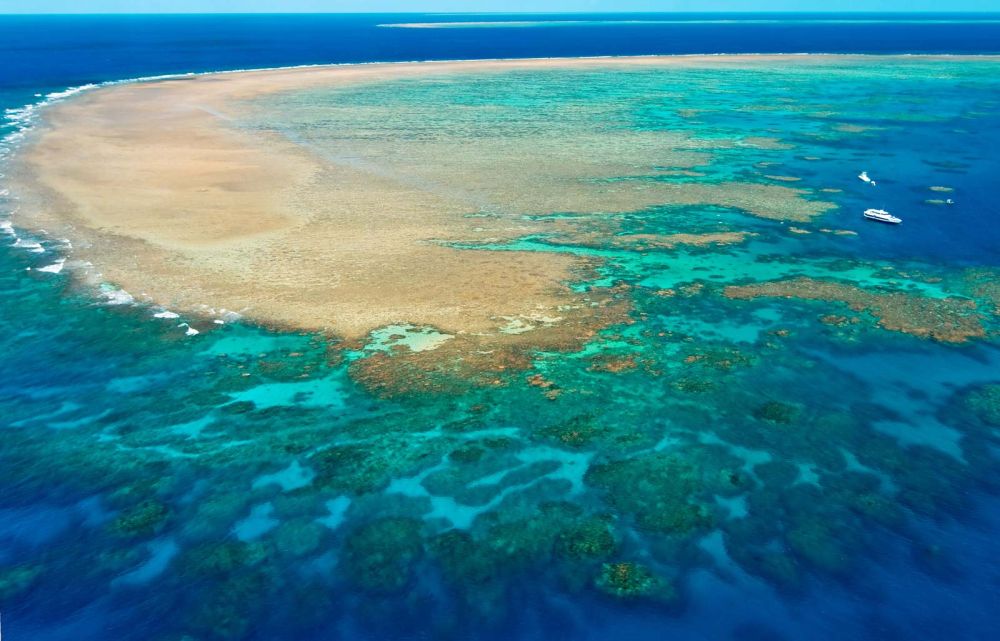
Image: cool chap/Fotolia
Mass coral bleaching events occurred in the summers of 1998, 2002, 2006, 2016, 2017 and 2020. These occurring are expected to become an annual event, posing a great threat to corals. The Great Barrier Reef is one of the natural wonders that could vanish amid climate change by 2100.
Glacier National Park, Montana, USA
Glacier National Park in Montana is a 1,583 square miles wilderness area in the Rocky Mountains that preserves 1 million acres of glacier-carved peaks and valleys, immaculate water resources, and dense ancient forests running to the Canadian border.
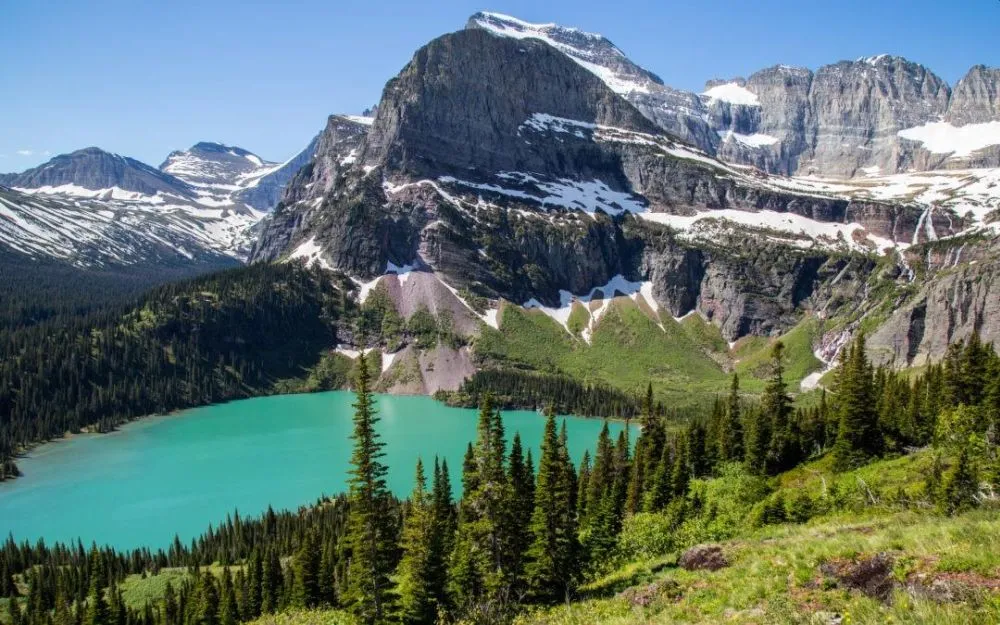
Image: Pink Caddy Travelogue
The area inhabits a diverse range of wildlife from mountain goats to grizzly bears. Amid current climatic patterns, the park has lost much of its ice mass.
Of the estimated 150 glaciers that existed in the mid-19th century since the late Little Ice Age, only 25 active glaciers remained by 2010. Scientists fear that all the active glaciers in the park may disappear entirely by 2030.
The Dead Sea, Israel
The salt lake bordered by Jorden to the east and Israel and the West Bank to the west, the Dead Sea has been drying up over the last four decades. With the changing climate in the Eastern Mediterranean, the water level of the Dead Sea has dropped at the rate of approximately 1 meter per year.
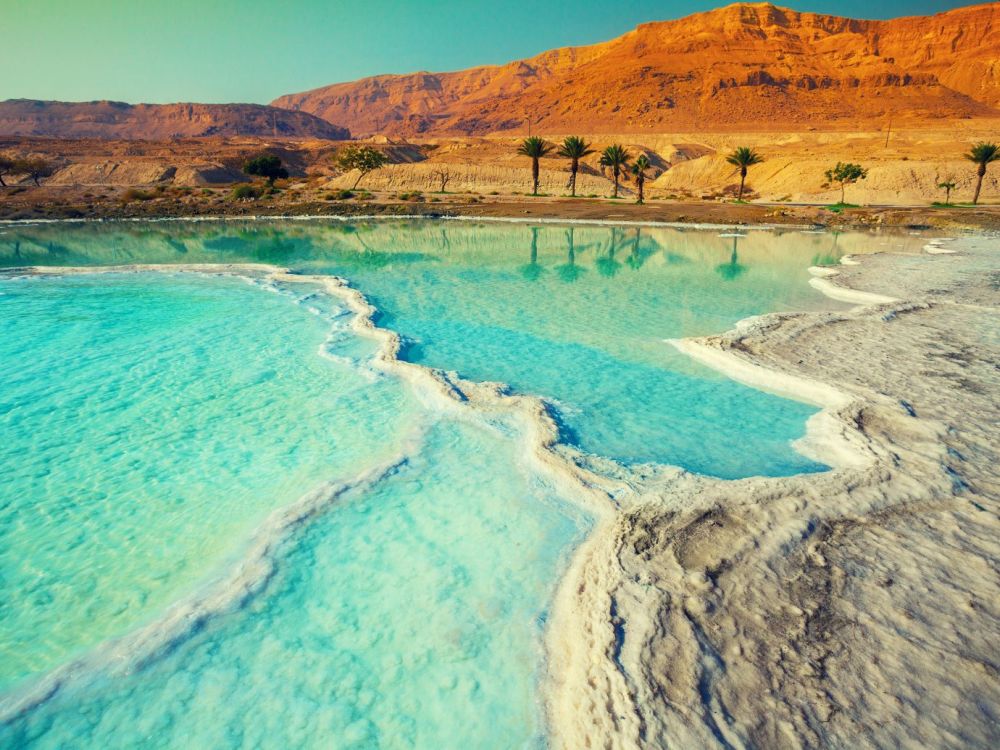
Image: Jetsetter
A decreasing tendency in rainfall over the last 40 years and increasing evaporation have decreased the water inflow from the Jorden River. Some experts expect that the saltiest sea on earth will dry out completely by 2050, while others believe some fraction of the sea will survive. Anyway, this natural wonder is facing an existential threat.
The Amazon Rainforest, South America
There was a time when the Amazon Rainforest was hailed as the lungs of the planet. However, over time, global climate change and various anthropogenic activities have contributed to increased temperature and shifting rainfall patterns in the Amazon.
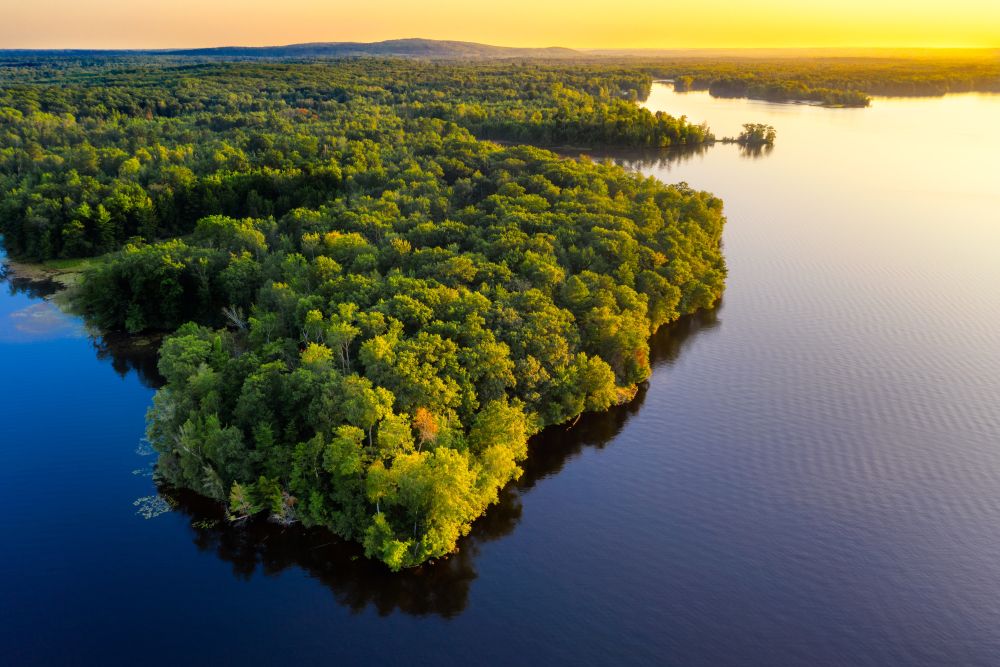
Image: Unsplash
The world’s largest tropical rainforest has been bearing the brunt of climate change for quite a while now, struggling with fires, droughts and land clearing. This natural resource is nearing an ecological tipping point and is at risk of collapsing.
This would not only be a catastrophic event for the wildlife and indigenous tribes depending on it, but also a push toward the end of the world. Moreover, according to various studies, the Amazon rainforest is one of the natural wonders that could vanish entirely amid climate change
Yamal Peninsula, Russia
This 435-mile-long peninsula of lakes and splashing tundra stretching deep into the Arctic Ocean has been home to the indigenous Nenets people.
The effects of climate change could bring about catastrophic alterations in the region. Rising temperatures have accelerated the melting of permafrost and consequently threatens local habitats.
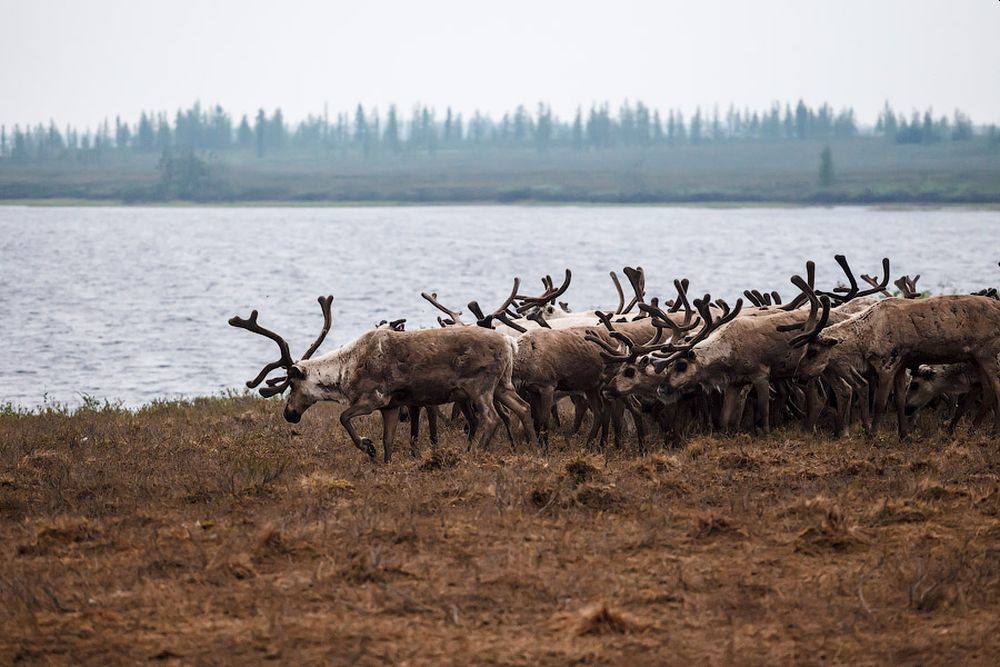
Image: Aleksandr Popov
Moreover, these changes also pose a serious threat to the indigenous Nenets people who have herded their reindeer along the Yamal Peninsula for about 1,000 years. Their survival in this remote region of northwest Siberia is threatened by climate change as permafrost melts, making their livelihood much difficult.
The Alps, Europe
The Alps are the highest and most extensive mountain range in Europe. In the past hundred years, the rising temperatures have caused all Alpine glaciers to recede. The continued changes in the climate could destroy the natural flora and fauna species of the Alpine region, eventually forcing them into extinction.
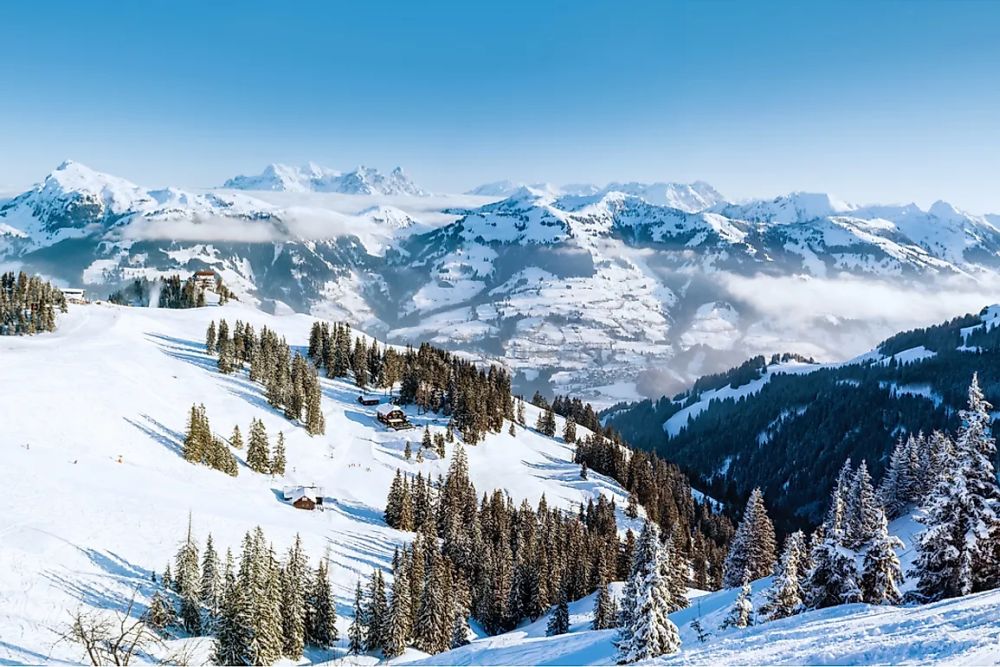
Image: World Atlas
Global warming has also changed rainfall and snowfall patterns, causing an increase in the frequency of dangerous meteorological events, such as floods and avalanches.
Arctic National Wildlife Refuge, Alaska
Located in northeastern Alaska, this wildlife refuge provides sanctuary to a large variety of flora and fauna species, such as polar bears, grizzly bears, black bears, moose, caribou, wolves, and migratory birds.
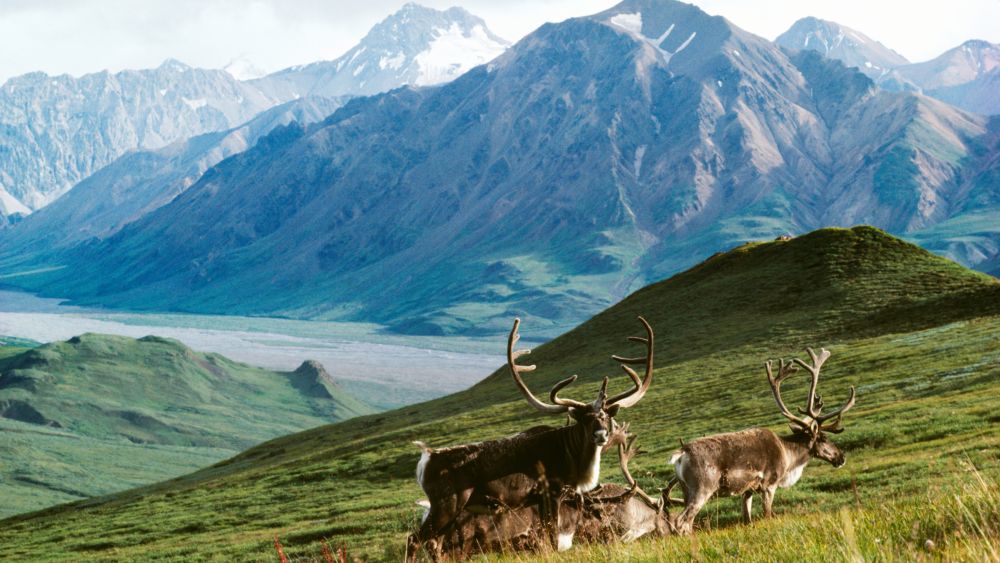
Image: Art Wolfe
Researchers have discovered that global warming-induced glacier melting has contributed to rising sea levels, furthering the warming throughout the Arctic. The climate alterations will affect the natural order of the refuge, creating chaos and ultimate oblivion.
Madagascar, Africa
The island of Madagascar is rich with diverse ecosystems and unique wildlife. It inhabits about 90 percent of the country’s native flora and fauna that are endemic, including lemurs, the fossa, and the world’s smallest known chameleon. This beautiful zoological wonderland is threatened as the planet heats up.
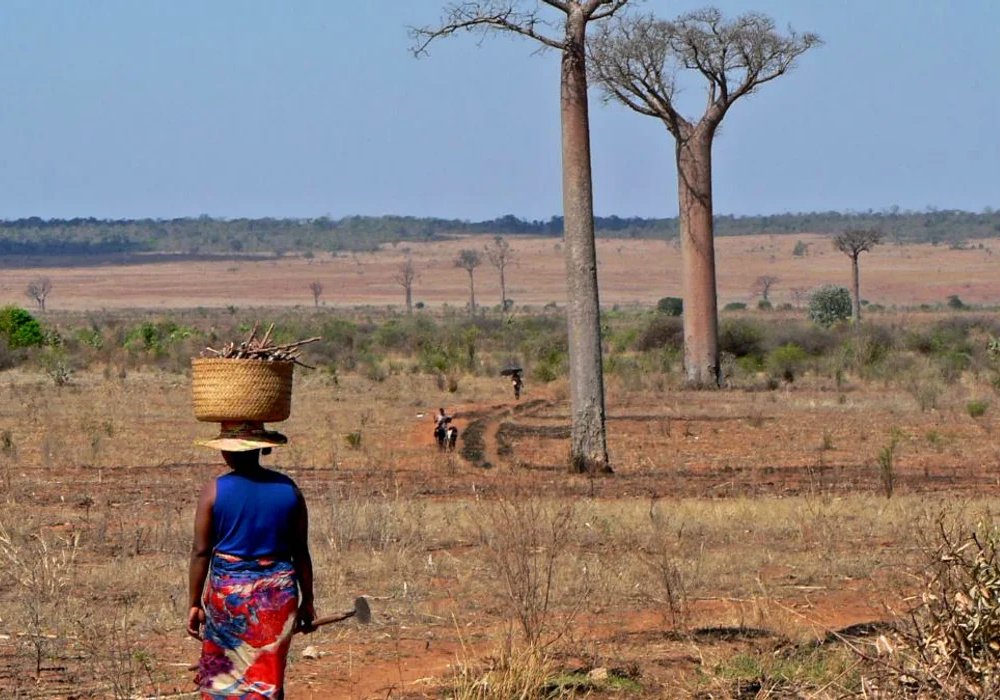
Image: Ecowatch
It is experiencing an extended dry season that is creating a food shortage for lemurs; increased flooding and rising sea levels are destroying delicate habitats such as mangrove forests, and coral bleaching in coastal reefs has endangered many marine species.
Sundarbans, India
Bordering Bangladesh and India, the Sundarbans Mangroves is a 4,000 square mile stretch of wetlands in the Bay of Bengal. The region is home to rare tigers, saltwater crocodiles, and other precious wildlife.
The low-lying mangrove forests are highly threatened by the effects of sea-level rise – causing flooding of coastal areas, increased exposure to storms, amplified coastal erosion, and rising salinity in ground and surface water.
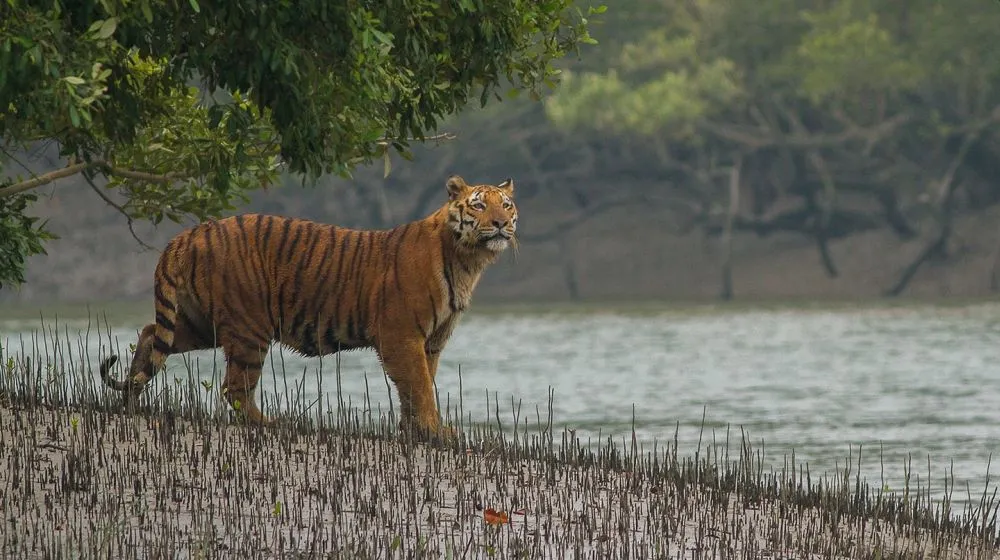
Image: Soumyajit Nandy /WikiCommons
However, the changing climate and human intrusion are causing irreparable damage to this treasured natural site, 75 percent of which is estimated to vanish by the end of this century.
Maldives
Huddled in the Indian Ocean, the Maldives is made up of a series of islets that are formed from coral. The low-lying country has year-round temperatures ranging from 81-84 degrees Fahrenheit.
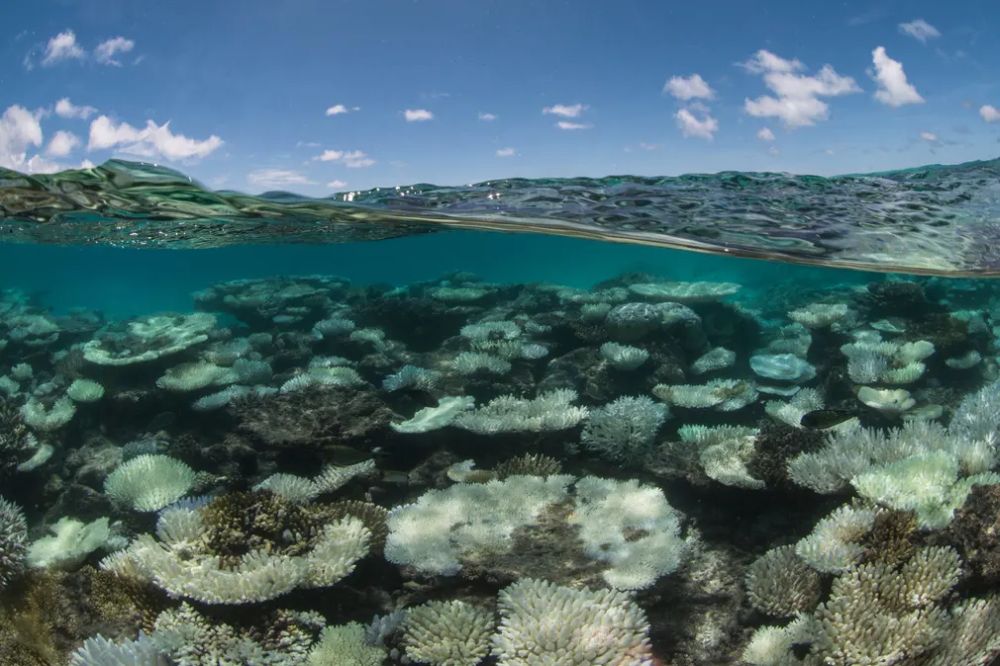
Image: XL Catlin Seaview Survey
Climate change has posed an existential threat to the small coral atolls that make up the Maldives, sitting an average of only 1.3 meters above sea level. The nation is struggling to raise infrastructure funding, warning that inaction could soon result in full islands swallowed by rising sea waters.
Joshua Tree National Park, California, USA
Located in southeastern California, Joshua Tree National Park includes parts of two deserts, each brimming with wildlife. However, the eponymous desert plants that fill the landscape are suffering from climate change and the long-persisting drought.
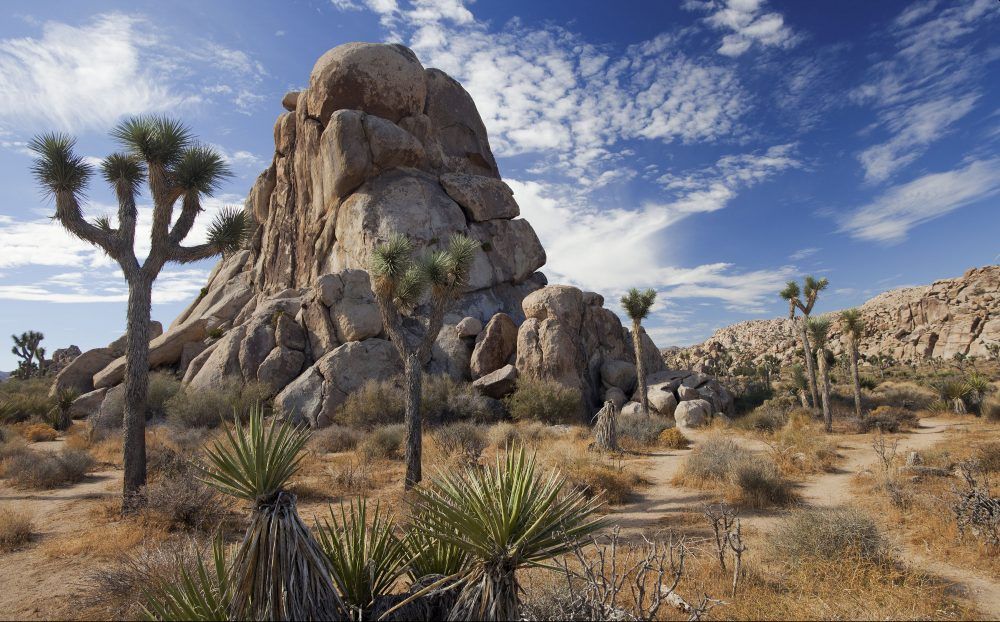
Image: California Beaches
The desert generally receives 5 inches of rainfall on average, but in the past few years that has dropped to under one inch of rain, consequently affecting the reproduction of the trees.
Mount Kilimanjaro, Tanzania
Tanzania’s Mount Kilimanjaro is a legend, but the recent years of climate change have drastically impacted the ecology of the mountain. The ice cap of the mountain has been continuously melting, exposing the dark soil beneath, which absorbs more heat triggering further snowmelt.
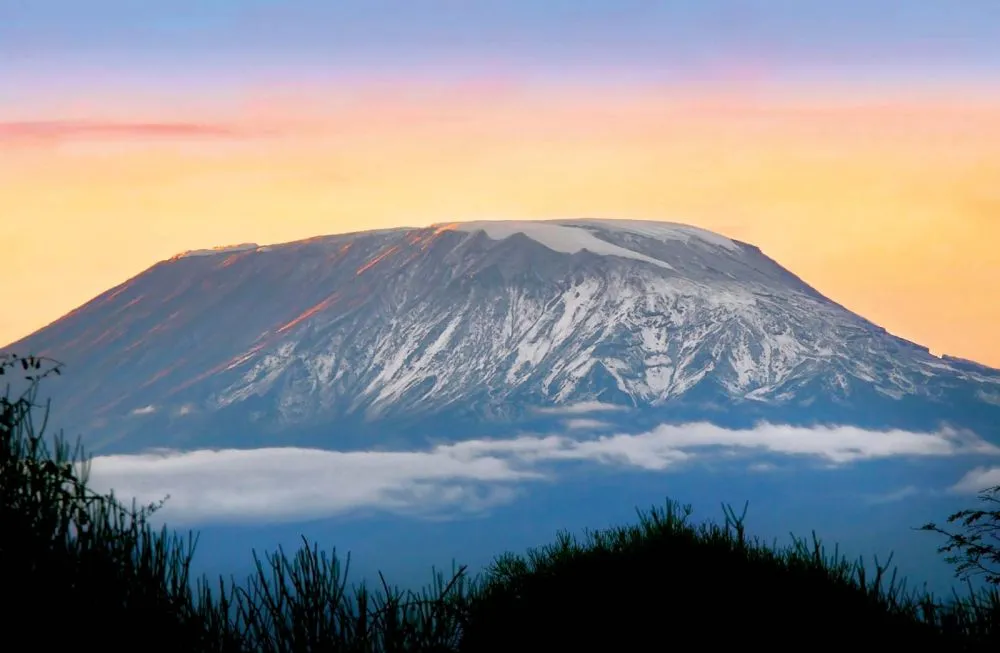
Image: Anna Omelchenko/Fotolia
It is withdrawing at a quick pace, with 85 percent of the ice already gone. The glaciers on the mountain are dated back at least 10,000 years, though scientists have predicted that they will vanish within the next 15 years.
The Poles – Antarctica and the Arctic
Both the North and South Pole of the earth may not inhabit many wildlife species, but there are some exquisite animals living in these frigid environs. As the Arctic ice melts, eventually heading toward the bare North Pole, the animals inhabiting the region are being pushed toward extinction.
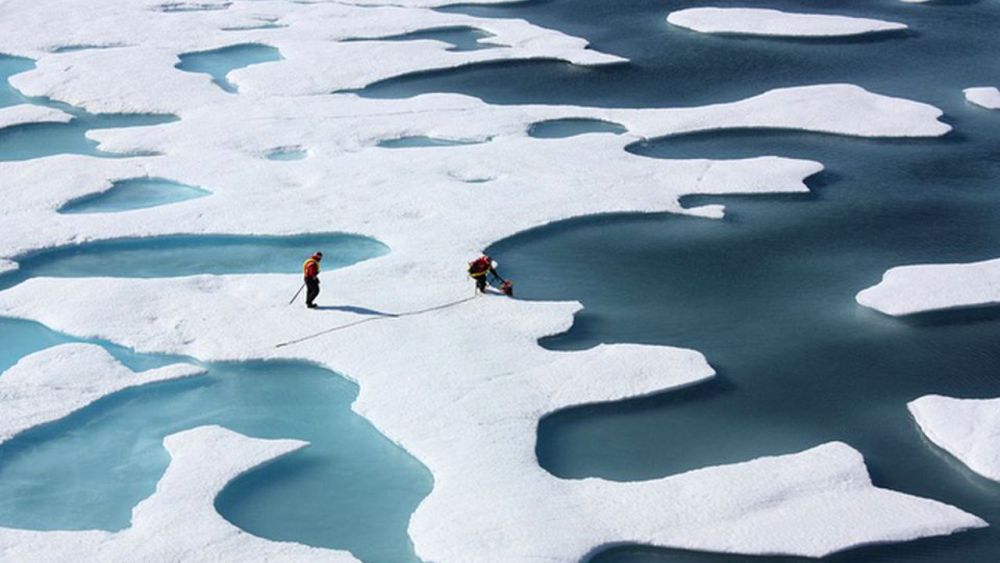
Image: Kathryn Hansen/NASA
On the South Pole, Antarctica has 40 percent less sea ice as the climate changes and it is projected that within this century no life form can survive the climatic changes of the region. Many species depending on these regions, such as whales, seals, penguins and polar bears will be devastated, all of which have already declined by 70 percent.
The Congo Basin, Africa
The Congo Basin is the world’s second-largest rainforest, which is losing its ability to absorb carbon dioxide due to climate change. Besides climate change, human anthropogenic activities have devastated nearly ten million acres of the rainforest.
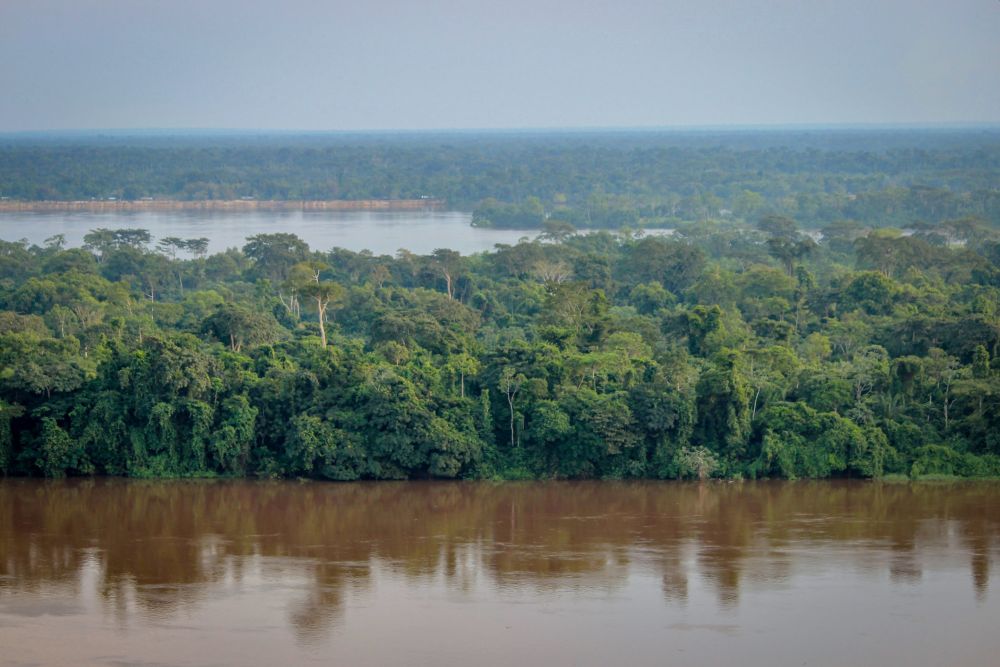
Image: Ahtziri Gonzalez/CIFOR
According to various studies, the African jungle is predicted to absorb 14 percent less carbon dioxide by 2030 than it did 10 to 15 years ago. The region is home to endangered mountain gorillas, okapis, bonobos and forest elephants. Without stringent action, up to two-thirds of the forest could be lost by 2040.
The Everglades, Florida, USA
Made up of coastal mangroves, sawgrass marshes and pine flatwood, Everglades National Park is home to hundreds of animal species such as the endangered leatherback turtle, Florida panther and West Indian manatee.
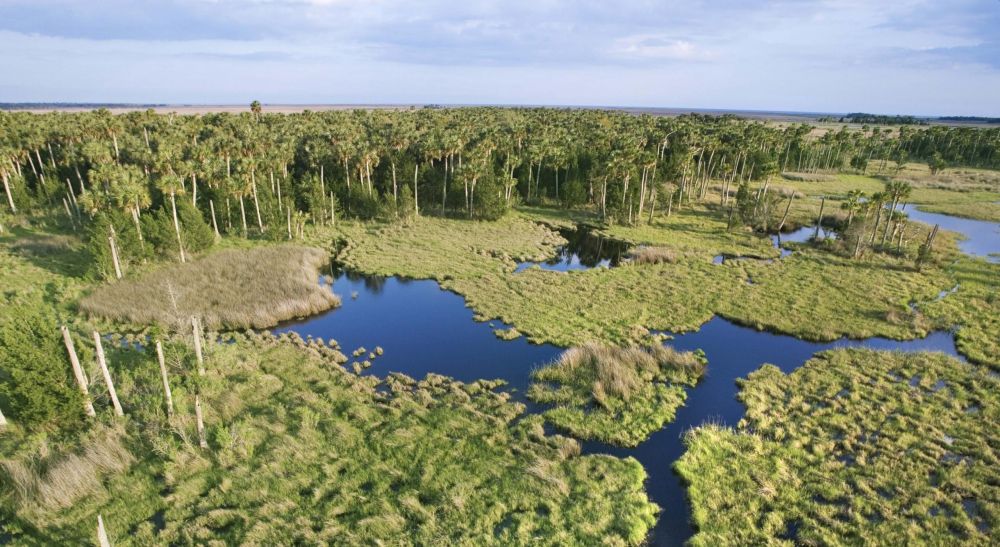
Image: Go USA
However, the increasingly changing climate has made Florida quite vulnerable to sea-level rise, flooding, droughts, erosion, and habitat loss. Climate change and acidification are threatening the region’s marine ecosystems, fisheries and tourism; it could potentially wipe out the native flora and fauna taking refuge in the Everglades.
Serengeti National Park, Tanzania
Serengeti is a haven for precious wildlife. Known for its massive annual migration of wildebeest and zebra, the national park is becoming more susceptible to longer and more intense droughts with climate change, followed by periods of flooding after excessive rain.
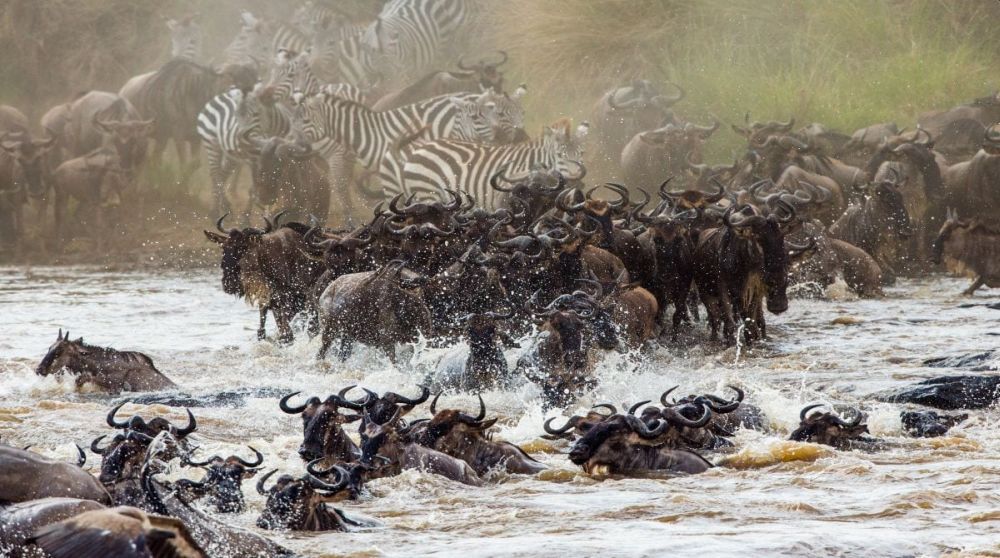
Image: Bwindi Uganda Gorilla Trekking
These fluctuating rainfall patterns have created a water scarcity in the region, which poses an existential threat for the Serengeti’s beautiful animals. Wildlife conservationists fear that with continued trends, the region’s wildlife could be lost forever.
Ujung Kulon National Park, Indonesia
This remaining lowland rainforest in Java is facing a threat of destruction amid climate change. Ujung Kulon National Park is the last known refuge for the critically endangered Javan rhino, which also protects 57 rare species of plant, 35 mammal species, 72 reptile species and 240 avian species.
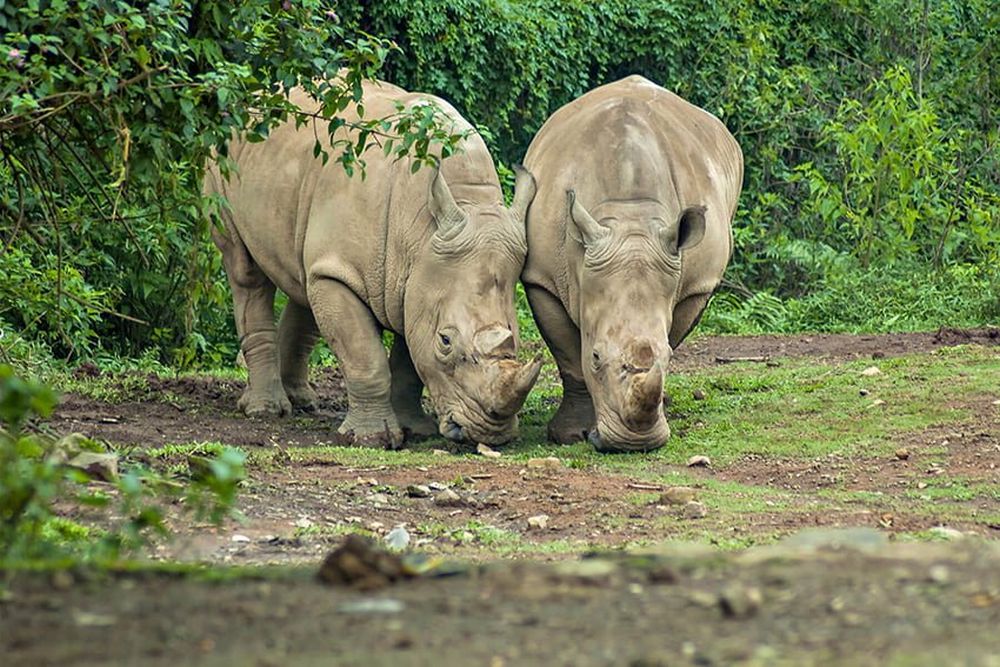
Image: Nusa Daily
The changing climatic patterns have deeply affected the park, making it vulnerable to sea-level rise. It has increased the pressure on the park’s biodiversity and has affected the livelihoods of local communities living in the proximity of the park.
Monarch Butterfly Biosphere Reserve, Mexico
Mexico’s Monarch Butterfly Biosphere Reserve is the planet’s only place to see millions of migrating monarch butterflies in a single spot. This reserve offers a sanctuary to the butterflies when they return each year to overwinter in the fir forests after a 3,000-mile journey to Canada and the US.
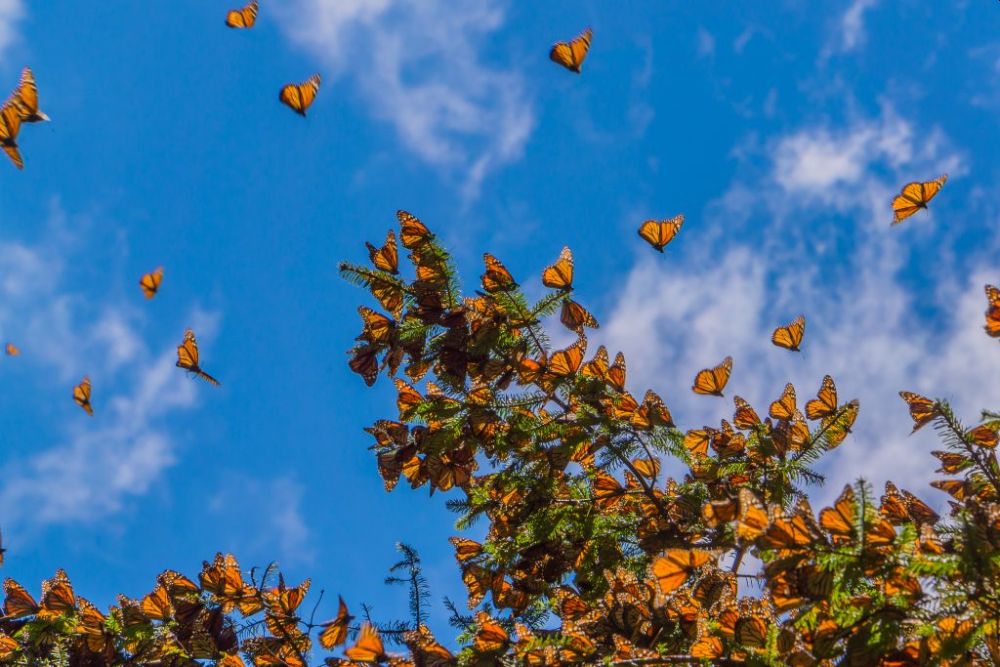
Image: Smarter Travel
But impacts of climate change on Mexico are endangering this migrating subspecies, as it alters the migrating patterns of the monarch butterfly while destroying the reserve as well.
Mesoamerican Barrier Reef, North America
The Mesoamerican Barrier Reef System, or the Great Mayan Reef, is a marine region that stretches over 1,126 kilometers along the coasts of four countries – Mexico, Belize, Guatemala and Honduras. This reef system includes various protected areas and parks that are home to approximately 30 percent of the Mesoamerican Barrier Reef System.
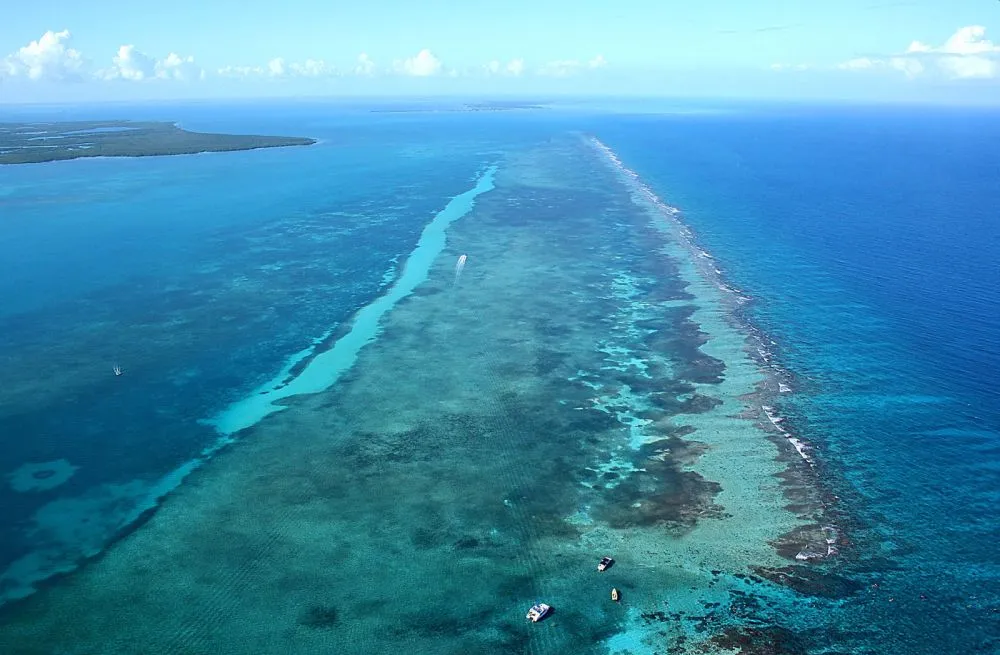
Image: Lars Ruecker
Climate change is predicted to have a significant impact on the Mesoamerican Reef, ranging from coastal flooding linked to increasing sea levels to amplified mass coral bleaching due to rising sea temperatures. The reef system is one of the natural wonders that could vanish amid climate change within this century.
White Cliffs of Dover, Great Britain
The revered White Cliffs of Dover on the southern coast of the UK are the country’s treasured natural landmark. However, the climatic changes have impacted these beautiful cliffs, which are now eroding 10 times faster in recent times than they did over the previous 7,000 years.
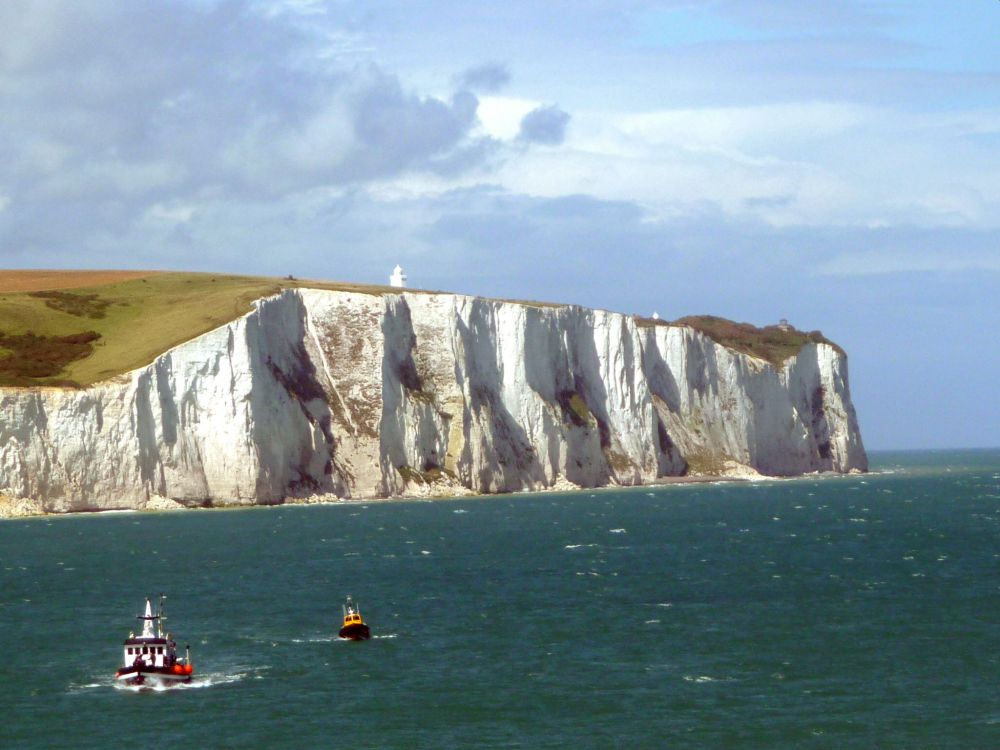
Image: Immanuel Giel/Wikimedia Commons
Each year 8 to 12 inches are being calved away from the soft-cliff coastline. Frequent intense and regular storms have been draining away at the cliff-face and beach erosion has damaged the base of the cliffs.
Ha Long Bay, Vietnam
Situated in northeast Vietnam, Ha Long Bay is famous for its emerald waters, towering limestone islands covered by rainforests and many other natural elements. Popular among tourists for various watersport activities, the area is a designated UNESCO World Heritage Site.
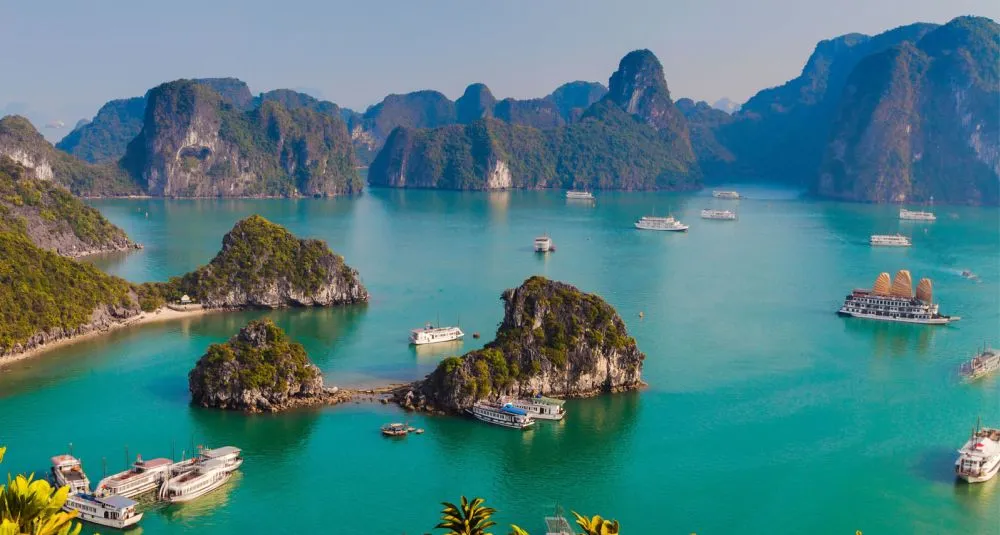
Image: Robert Baldwin
It is made of over 1,600 inlets and islands harboring pillars, caves and arches that were formed over 500 million years. However, extreme weather and exacerbating flooding in the region have accelerated erosion.
The Stone Forest, China
The Stone Forest in China is a notable set of limestone formations that were formed millions of years ago. 75 miles from Kunming, the forest contains multiple groupings of stalagmite-style limestone formations. The famous rocks of the forest are said among local people to resemble people, lions, birds and trees.
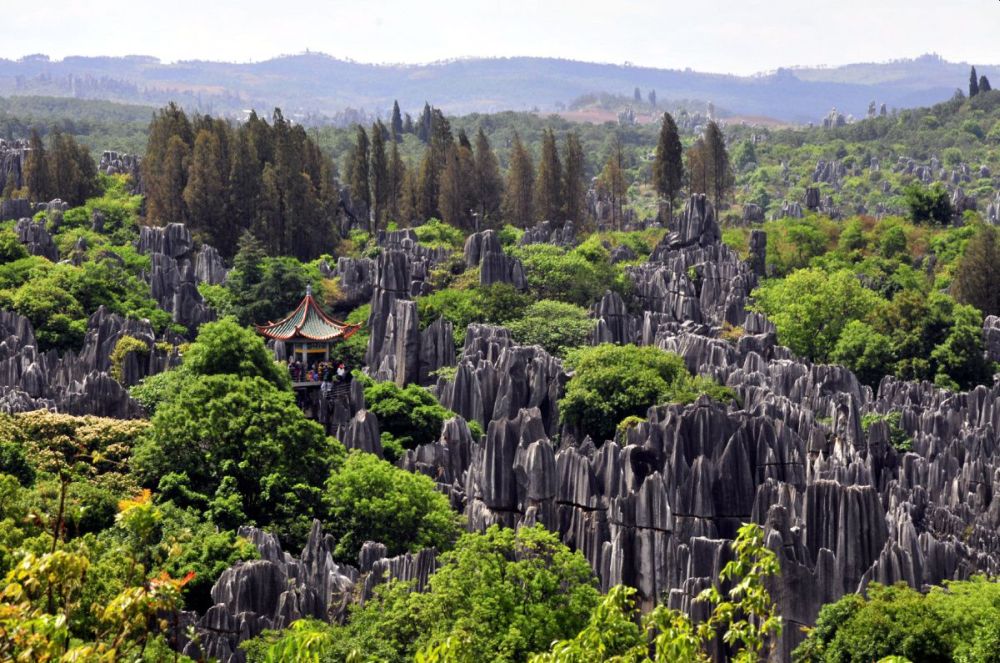
Image: Lyn Jones
The area was formed 270 million years ago through a sequence of earthquakes and was sculpted by water and wind erosion over time. This iconic forest is at risk of vanishing as the exacerbating carbon dioxide levels will increase acid rain, accelerating the deterioration of the formations.
Twelve Apostles, Australia
The Twelve Apostles is a series of limestone stacks by the Great Ocean Road in Australia’s Victoria. This cultural heritage site of the country is a major popular tourist attraction. The glorious stacks emerging from the choppy seas were formed millions of years ago due to erosion.
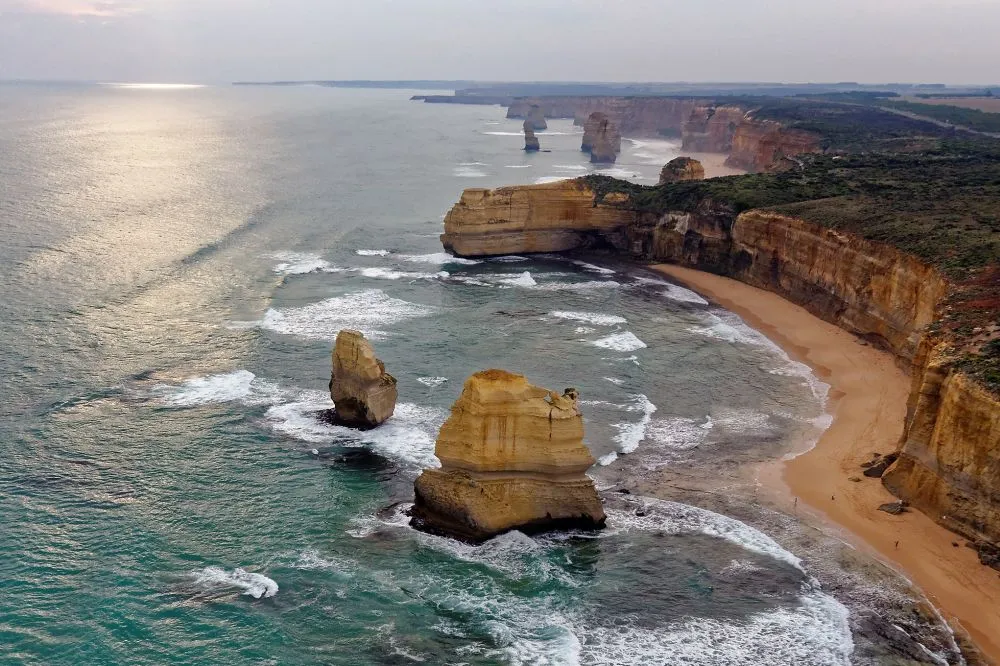
Image: Michael J Fromholtz
But sadly over time, the number of stacks has declined. In 2015, one of the stacks collapsed. Climate change-induced relentless erosion from seawater and weather slowly cutting them away has posed an existential threat to these apostles.
Plitvice Lakes, Croatia
Plitvice Lakes National Park is a vast forest reserve in central Croatia, which is known for its chain of 16 terraced lakes, united by waterfalls that extend into a limestone valley. Formed as recently as 6,000 to 7,000 years ago, the lakes were created from the erosion of limestone in the area.
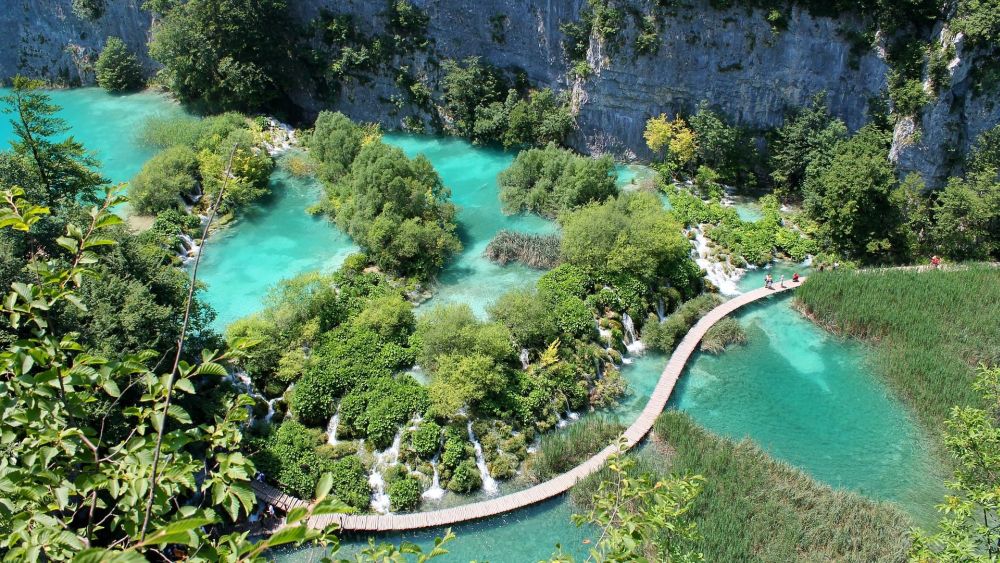
Image: Pixabay
These lakes are popular for their variety of changing colors. In recent times, the lakes have become more vulnerable to pollution, while local biodiversity is being devastated by climate change and various endemic species are facing extinction.
Iguazu Falls, South America
A system of 275 waterfalls occurring along the Iguazu River, Iguazu Falls have formed as a result of volcanic activity over 100 million years ago. Bordering the Argentine province of Misiones and the Brazilian state of Paraná, the falls are taller than Niagara Falls and twice as wide.
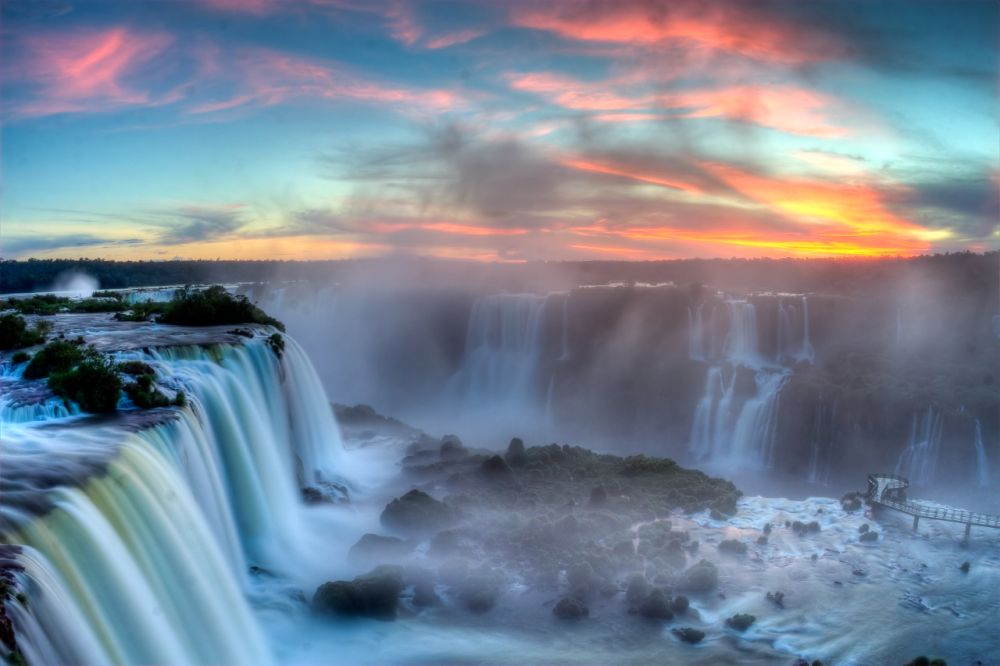
Image: SF Brit/Flickr
However, changing climate, increasing droughts and shifting rainfall patterns have affected the river source, further endangering the water flow of the falls. The majestic falls are one of the natural wonders that could vanish amid climate change in the coming decades.
Cliffs of Moher, Ireland
The Cliffs of Moher are located at the southwestern edge of the Burren region in Ireland, above the Atlantic Ocean. The cliffs rank among the most visited tourist sites in Ireland.
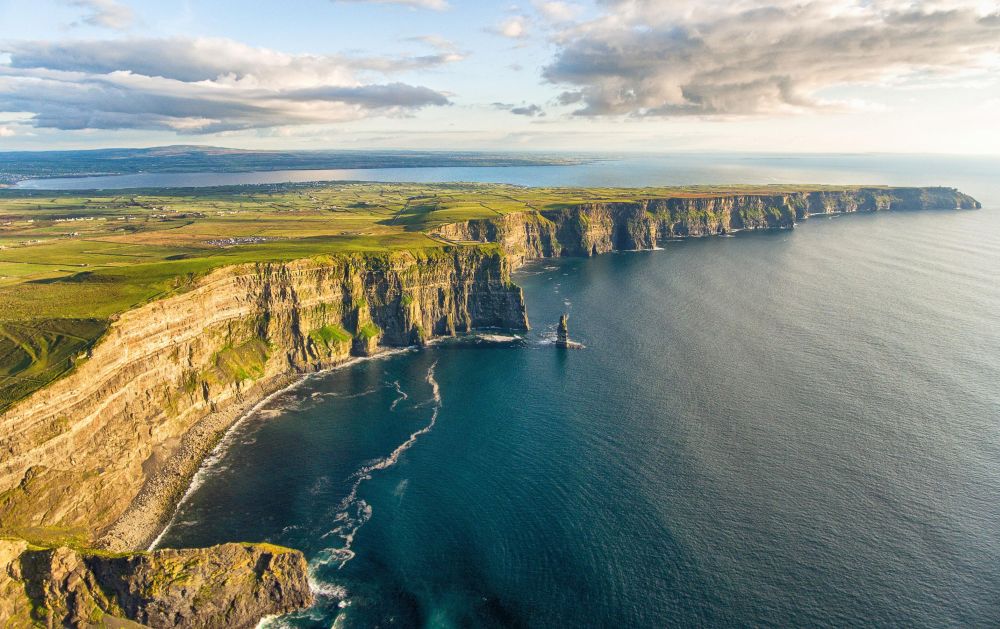
Image: Fodors Travel Guide
The increased levels of carbonic acid in the water, along with flooding, will further exacerbate the erosion of the formation. The last glaciation affected the surface of the Burren and cliffs are experiencing erosion which could eventually lead them to their doom.
Vermilion Cliffs, Arizona, USA
Vermilion Cliffs in Arizona protect various other monuments in the region. They represent one layer in a sedimentary rock formation called the Grand Staircase, located in Arizona and Utah. Famous for their red hue, the cliffs are made of quartz and were sculpted by water and the wind over the past 190 million years.
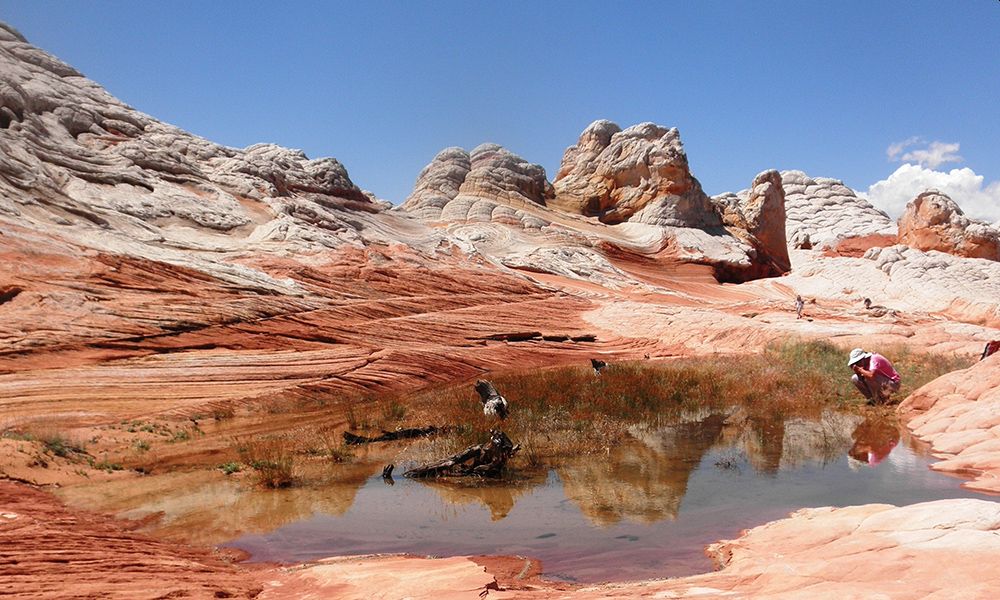
Image: Grand Canyon Trust
But with rising temperatures in the region, the cliffs have been becoming susceptible to climate change, while local flora and fauna are threatened.
Virunga National Park, Congo
Virunga National Park is among the first protected areas in Africa. It inhabits a third of the world’s mountain gorillas. Africa’s oldest national park, its snow-capped peaks and verdant valleys are threatened by climate change.
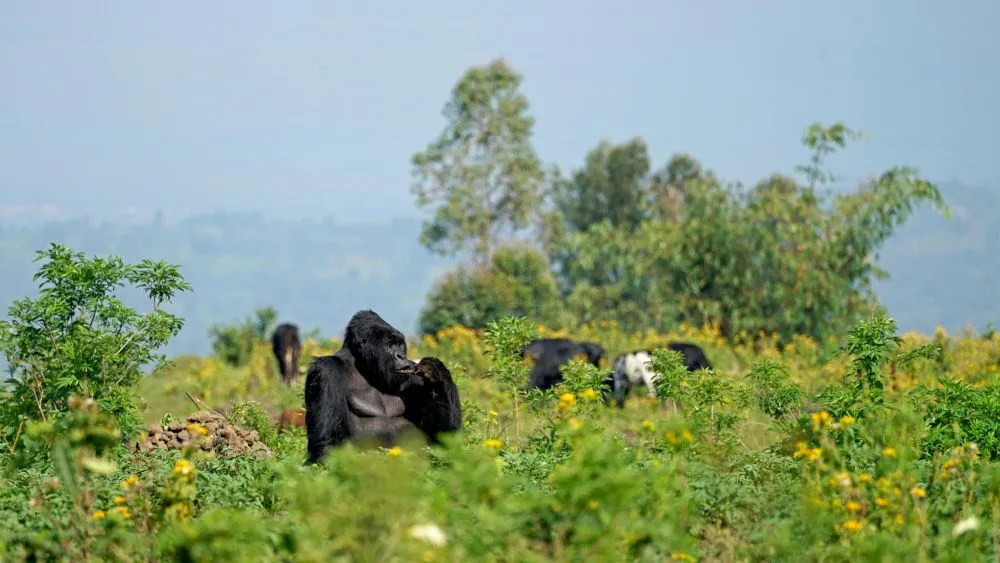
Image: CBS News
Shifting rainfall patterns and rising temperatures are affecting flora and fauna species in the region, through wildfires and reduced food supply – many of which could go extinct as a result of climate change.
Pantanal, South America
The Pantanal is a vast region encompassing the world’s largest tropical wetland area and the world’s largest flooded grasslands. Located mostly within Brazil, it is spread over an area between 140,000 square kilometers to 195,000 square kilometers.
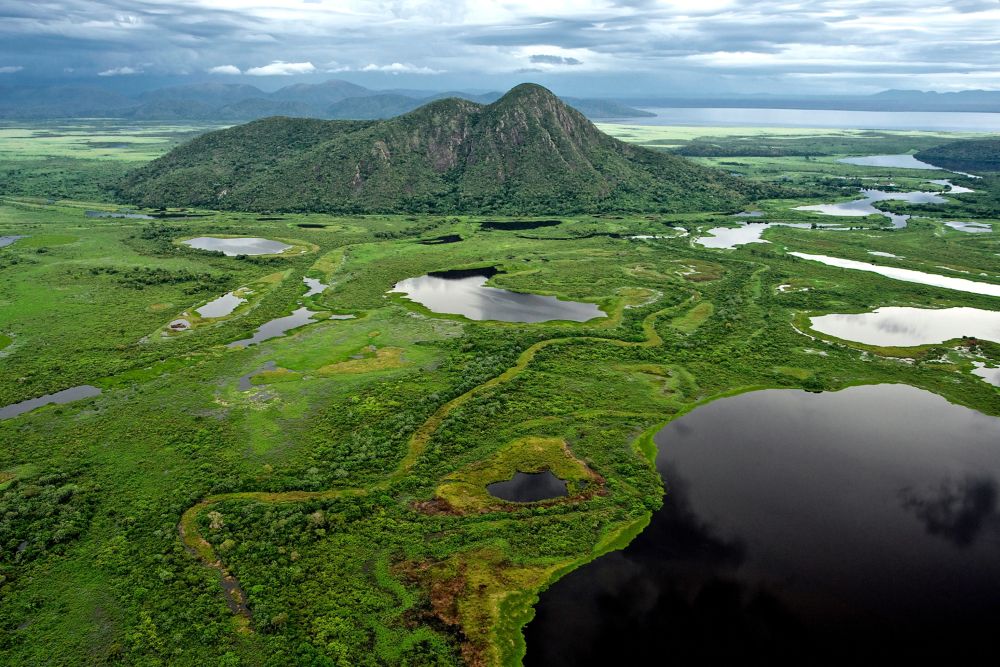
Image: Markus Mauthe
The region has various ecosystems and flora and fauna species, which are under severe threat from climate change. Rising temperatures have instigated various forest fires in the region, wiping out the wilderness, while increased flooding further the devastation.
Greenland
Greenland is the world’s largest island, located between the Arctic and Atlantic oceans. The island is home to various endemic species, which are threatened by climate change. Its glaciers are melting, adding to sea levels and furthering the phenomenon of climate change.
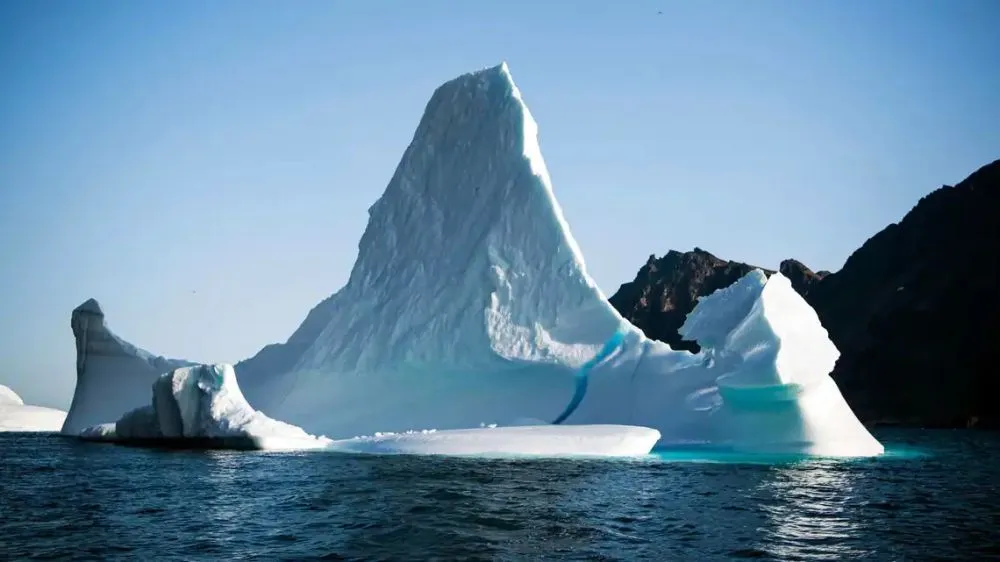
Image: AFP
Greenland is one of the natural wonders that could vanish amid climate change. Since the 20th century, the Arctic has been warming at a tremendous pace. Global warming has put increasing pressure on certain flora species and contributed to Greenland’s melting ice sheet.

